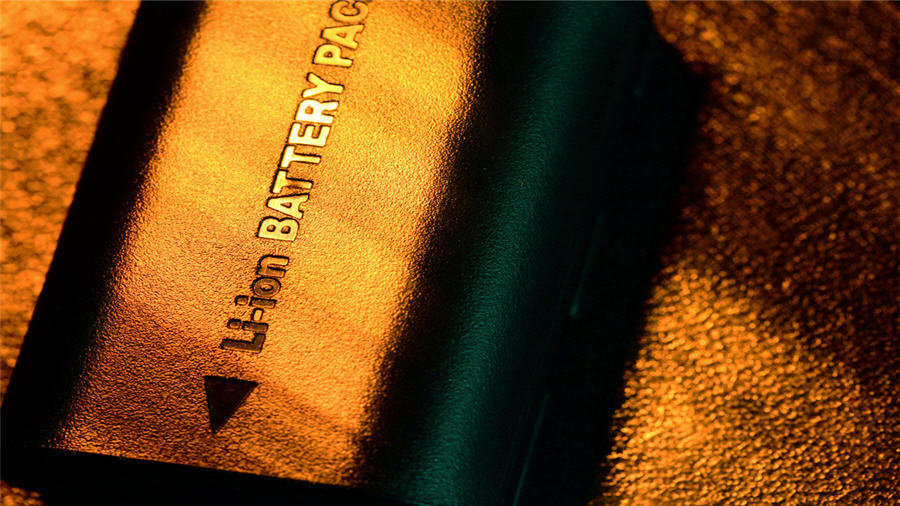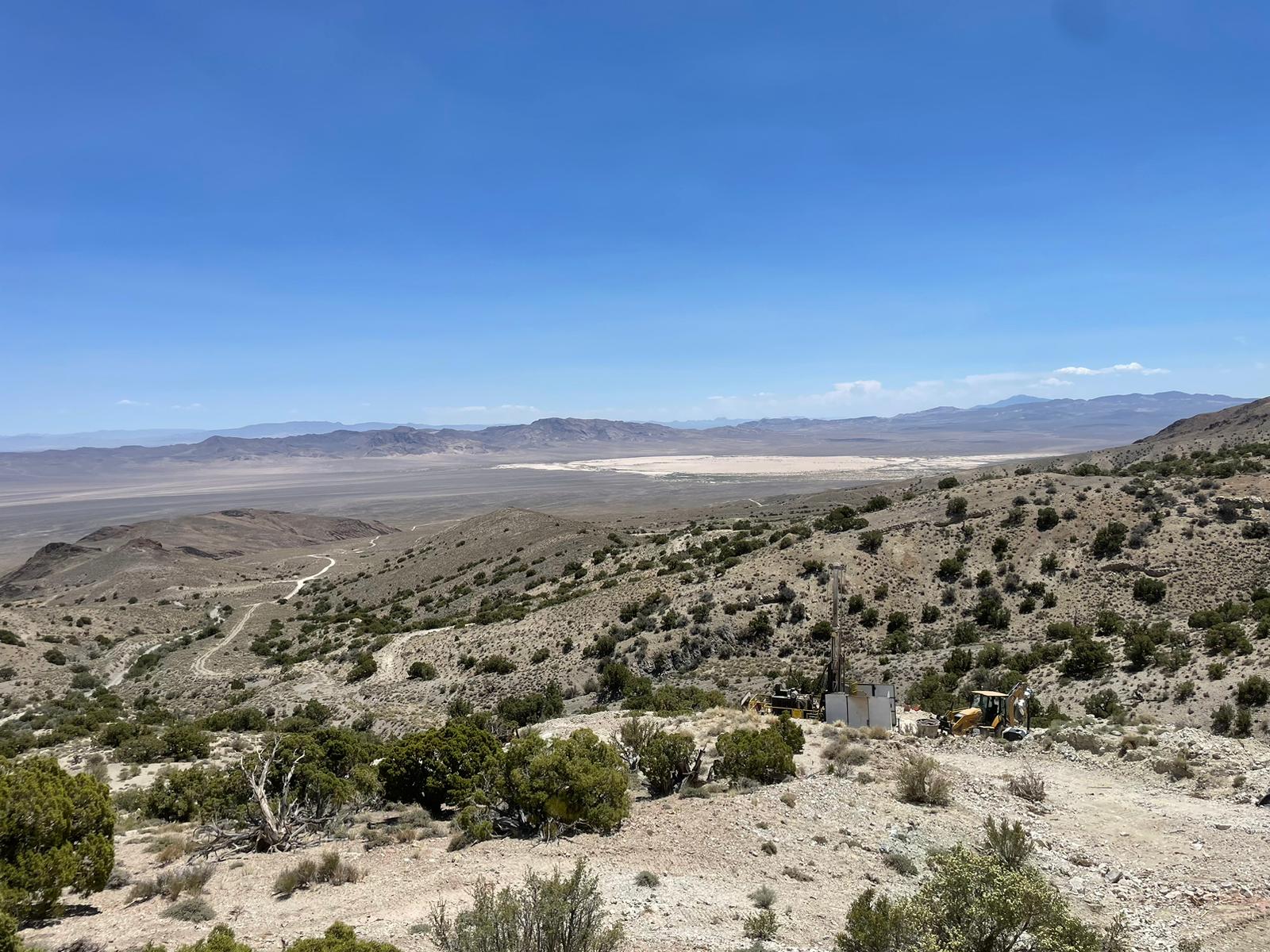Super power: Are rechargeable batteries transforming the mining sector?

By Charles Bond and Stuart Olley, Gowling WLG partners
Global demand for minerals has suffered a decline in recent years, not least because of China’s slowing fiscal growth and consequent oversupply from global mining operations. Now, there are signs of resurgence in the mining industry, driven in large part by the boom in storage technology.
Energy storage, rechargeable batteries for portable electronic devices, electric cars and other products, have created a worldwide demand for lithium and other key minerals, such as cobalt and graphite. As the world refocuses on harnessing renewable energy – and energy storage – the market for these minerals is expected to balloon, and mining could become the superpower it once was, providing welcome relief to an industry that has been on its knees in the last few years.
At the same time, technology is transforming mining itself, making it more efficient, more productive and ultimately more profitable. Calgary-based partner Stuart Olley, Co-Head of Gowling WLG’s Natural Resources group, points to innovations such as the use of electric vehicles in underground mines and enhanced ore sorting technologies, making mining operations more profitable.
Lithium-ion batteries
Lithium-ion batteries require three key components in their production – lithium, cobalt and graphite. As this technology is explored in more detail, prices are rising. Lithium prices tripled in the 12 months to mid-2016 as Tesla, the electric car manufacturer, began building its huge lithium-ion vehicle battery plant in Nevada, and they appear to be remaining stable. The race is on to see who can become the first producer and supplier of Lithium carbonate in Europe for the major auto manufacturers, with the likes of Keliber Lithium in Finland moving towards the first raw material source.
Cobalt is also facing growing demand – and with over 50% of the world’s cobalt coming from the Democratic Republic of Congo (DRC), there is a growing need to shore up reserves and identify other potential extraction sites.
Graphite is used as anode material in lithium-ion batteries and Benchmark Mineral Intelligence predicted last year that graphite demand would increase by more than 200% over the next four years.
The risk mining companies face is that the future direction of innovation, such as in battery technology, is completely unknown. Mining operations take time to be commercialised and profitable and by this point innovation could have taken a different course. Lithium, for instance, could completely fall out of fashion.
Mining’s impact on energy storage
Although mining could be the source of changing the way we generate and store energy in the future, it still has the potential to be a bumpy ride.
While lithium deposits and mining operations are relatively plentiful in Australia, South America and Africa, there is a move to mine closer to home to reduce transport and tariff costs. For example, Portugal is now the sixth largest producer of lithium and satisfies European demand.
Mining in the developing world no longer provides the cost savings that were once so attractive, though of course, as with cobalt’s location in DRC, mines must go where the minerals are. However, mining companies are much more attuned to the additional political and corruption risks that are associated with emerging economies and recognise that the developed world provides more in the way of infrastructure and power.
“Ports, access roads and warehousing are more readily available in more developed parts of the world,” Olley says. “It is much easier to get your commodity to market.”
UK-based partner and Co-Head of Natural Resources, Charles Bond, adds that the political risks in the developing world can be off-putting as “governments can change quite quickly” and can look to exploit any increase in commodity prices. “As commodities increase in value, governments can then seek a bigger piece of the pie and you see tax rules starting to change. You can get a creeping expropriation of assets and that uncertainty does put majors off,” he explains.
The fact remains, however, that the two industries are indelibly intertwined; storage technologies need components only miners can source, and miners need the new markets into alternative minerals. If one collapses, it could have major consequences for the other.
This article may contain information of general interest about current legal issues, but does not give legal advice.
About Gowling WLG
Gowling WLG is an international law firm created by the combination of Gowlings, a leading Canadian law firm, and Wragge Lawrence Graham & Co (WLG), a leading UK-based international law firm.
{{ commodity.name }}
{{ post.title }}
{{ post.date }}

Comments